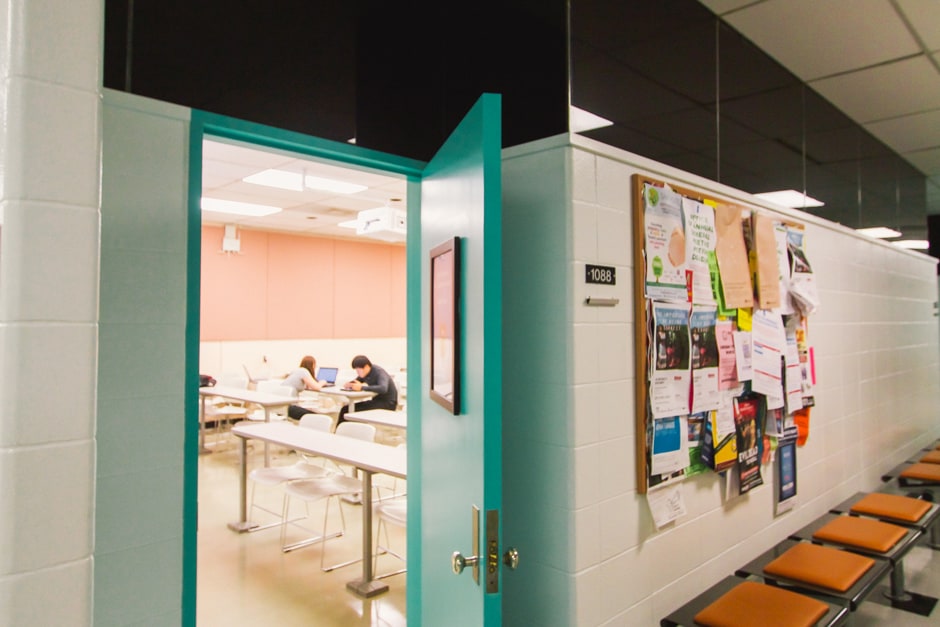Following a series of recommendations made in March 2014 by the Joint Working Group on Undergraduate Tutorials, the university has begun implementing changes to tutorials.
The working group provided a series of recommendations on tutorials to provost Cheryl Regehr in the form of a categorization scheme to reveal the different types of tutorials.
According to the report, the provost was looking for the best interrelation of “goals, size, and mode of delivery” to organize tutorials.
As part of the report, a survey was sent to 98 department heads and associates in March 2014, requesting their input on university tutorials. The survey found that budget restrictions affected decisions about tutorials and that the best tool for ensuring successful tutorials is proper training and mentoring for teaching assistants (TAs).
Althea Blackburn-Evans, director of media relations, said that, beginning in September, tutorials were placed into four categories: discussion-based tutorials, skills development tutorials, review/Q & A sessions, or laboratories/practicals. Assigning tutorials into categories assisted instructors and departments on how to properly train TAs to ensure course goals were met.
Under a new training system, TAs also receive training on how to use proper teaching techniques and facilitate learning activities. The new training system is in place on all three university campuses.
“The Group determined that tutorials need clearer objectives, better guidance for instructors who plan them, and more focused training for TAs who lead them,” Blackburn-Evans added.
Another key aspect of the report was the move to provide a clear definition for “tutorial.” “The term ‘tutorial’ at the University of Toronto is used to identify interactive and participatory sessions, primarily led by teaching assistants. During these interactive and participatory tutorial sessions, teaching assistants are responsible for gauging student understanding and providing formative feedback, in line with assessment structures and guidelines set by the instructor,” the report said.
The report recommends that tutorial sizes be capped at around 25 to 30 students, depending on the goal of the tutorial. Tutorial sizes of 30 students are suggested for tutorials where students learn a skill, whereas tutorial sizes of 25 students are suggested for discussion tutorials where students break off into smaller groups for discussions.
If tutorial sizes surpass the recommended sizes, the report recommends that “instructors… identify which teaching approaches and facilitation skills are needed in order for the TA to conduct the learning activities successfully.”


